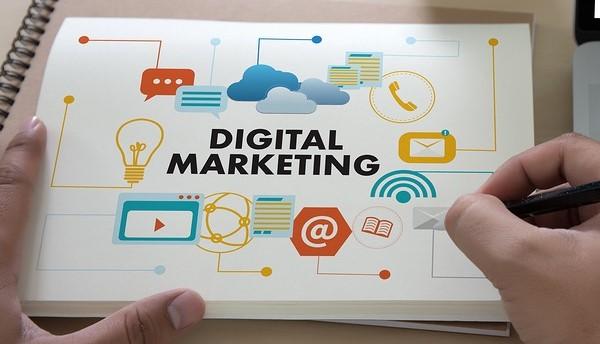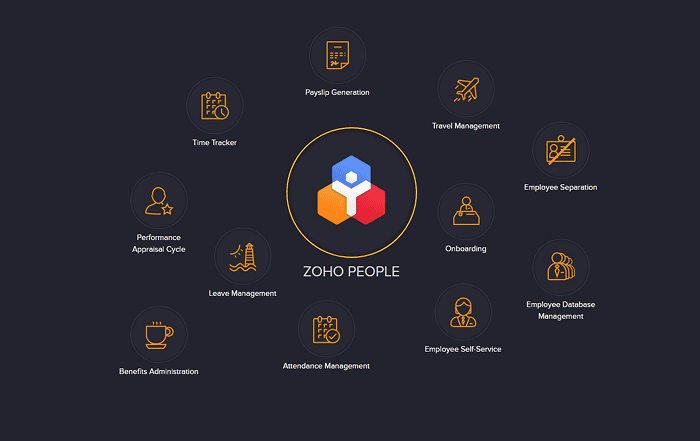
In today’s society, digital marketing is a necessity. Almost every company that caters to customers has a digital marketing strategy. Knowing you need digital marketing is not the same as learning how to accomplish it. Although all organizations strive to achieve the same general goals with their digital marketing strategies, the path to attaining them varies depending on the brand’s identity, consumer base, and objectives. Social media scheduling tools have specifically been ruling this domain and there are numerous options for users too. There are expensive ones like HootSuite, if you look for Hootsuite alternatives though, you will be just as satisfied. Is the prospect of deciding on a digital marketing plan making your head spin? Let us get to dig inside it & understand why you should have a digital marketing strategy.
Why Should You Have a Digital Marketing Strategy?
There are certain immediate benefits to having a well-defined digital marketing plan. Right away, it protects you. Brands may use their resources properly thanks to proper planning. A frequent brand dread is wasting time and money on marketing initiatives, but not having enough information about your marketing goals, and decision-making may be a nightmare.
You’ll be able to test and confirm key marketing data points when you create a digital marketing strategy. Furthermore, having a clear digital marketing plan allows you to stress-test your marketing assumptions, which is helpful when targeting specific groups. Likewise, you’re laying the foundation for future advertising development by utilizing your computerized promoting plan.
Consider the situation where an organization’s underlying promotional effort fails to meet expectations. It tends to be hard to pinpoint definitively what turned out badly without a straightforward-cut approach. But before you get into the digital marketing thing, you will require a social media scheduler such as RecurPost to automatically share your posts at a perfect frequency thereby saving you hours every week. Let us get into the perfect way to pick the correct procedure for your organization’s particular needs:
Make a list of your market and your objectives
Every marketing effort should target a particular audience and have specified objectives. Taking the step to uncover these elements will aid you in making the rest of your strategic decisions. It’ll also help you track the results of your efforts and figure out what works and what doesn’t for your brand.
Creating client personas is a terrific way to clarify your market. Start thinking about each persona after establishing the demographic information you’ll be targeting. Consider what inspires people to engage with your brand, which products and services they find appealing, and what other firms, personalities, and products they are likely to find attractive.
Turn your attention to developing your digital marketing plan goals now that you have a comprehensive understanding of your market. The most common methods for digital marketing techniques are as follows:
- Increasing your brand’s visibility.
- Creating leads for your company.
- Convert leads into sales.
- Increasing the number of people who subscribe to a mailing list.
You’ll notice that some of these objectives are easier to track than others. For example, following the effects of your marketing activities on on-site traffic is simple, but assessing brand recognition is more complicated. It’s fine to have a mix of easy-to-track goals and ones that are a little more elusive. After all, more brand awareness leads to a more extensive consumer base, so even if you can’t pinpoint the cause, you’ll reap the benefits.
Understand the Options
You can achieve your digital marketing objectives through a variety of means. Therefore, most digital marketing plans will employ a variety of channels. Understanding the channels and how to best leverage them is crucial to developing a successful plan. The most frequent digital marketing channels are as follows:
1) Display advertising:
This advertising appears on third-party websites as banner ads or pop-up ads. Because you may pay for advertising to appear on sites that your target personas are likely to visit, this can be a valuable approach to targeting specific personas in your market.
2) Search engine optimization:
Search engine optimization, or SEO, is required if you want your website to rank well when potential buyers search for terms related to your company. Identifying keywords, creating content around them, and leveraging high-quality internal and external links are all part of executing an SEO strategy properly.
3) Pay-Per-Click(PPC):
When customers search for terms, this is another approach to reach the top of the search results. The distinction is that SEO techniques result in organic ranking, but PPC strategies entail paying for placement. When you outbid competitors for a keyword, your website will display above the organic results on search engine pages in the promoted results.
4) Email marketing:
Email marketing, as the name implies, entails gathering email addresses from current and future consumers and then sending them emails to promote your products and services. The more focused your email marketing campaigns can be, the better.
5) Social media marketing:
This entails interacting with clients through social media profiles. Although most business owners understand the importance of social media, it is all too easy to disregard it under stressful conditions. An out-of-date social media page will not help customers. If you don’t have time to handle multiple accounts, choose a social media scheduling tool that works for your business and stick to a posting and scheduling routine that you can automate.
6) Conversion rate optimization(CRO):
Customization rate optimization refers to methods for converting site traffic into purchases or leads. For example, if you aim to increase the number of individuals who sign up for your mailing list, CRO will assist you in bringing more people to your website to sign up.
Pro tip:
Digital marketing can help you grow your business dramatically if you use the right strategies. For example, setting targets with SMART is a practical and often used mnemonic strategy. When planning, you should always have at least two options in mind, then thoroughly examine them to see which one works best for you. In addition, your plan should be a seamless blend of various digital marketing elements.
Conclusion
The sheer breadth of digital marketing strategy can be overwhelming at first glance. There are dozens of marketing channels to track, which means many KPIs to follow:
- Take the time to learn about your target market and set specific marketing objectives.
- Experiment and test your assumptions until you find the perfect strategy.
- By collecting relevant, meaningful data and developing a solid marketing strategy, you commit to the process of long-term, sustainable growth.
It may appear straightforward, but don’t be fooled. You’ll be able to surpass your competitors and develop some incredibly effective marketing campaigns if you can successfully apply these stages to your next digital marketing strategy.







